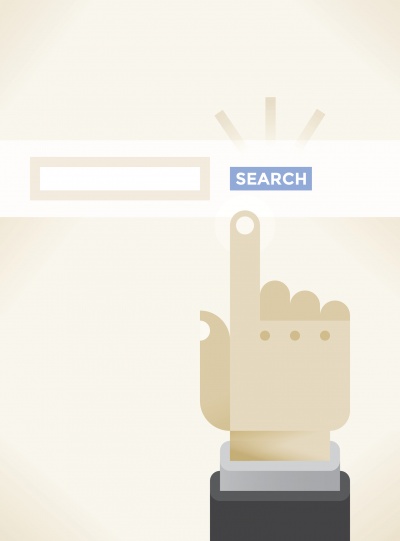HOW TO SURVIVE A GOOGLE SLAP

If your rankings have been affected negatively after a Google update can your website recover?
If you’re unfamiliar with SEO, you might not know what a Google slap is. But for those who have been in the industry for a while, the proverbial Google slap is a literal nightmare. Simply put, a Google slap is any significant decrease in rankings after a Google algorithm update that a site may experience. The experience may be disastrous for some, and could even halt completely the flow of sales and visits if search engine traffic was your main source of traffic. However, there are ways a site that has been Google slapped can get back into their good standings. In this article, we’re going to give you a few tips on how you can get back in Google’s good graces.
Assess if There Was an Actual Drop in Rankings
The first thing you have to do is check if there was an actual drop in rankings in the first place. There are some cases where ranking trackers misinterpret Google ranking experiments or personalisation attempts. In other cases, trackers fail to localise properly. In any case, there are a few things you have to assess first if you want to really know if you’ve been penalised.
The first thing you have to do is check if there was any significant drop in organic traffic. This will usually be the first indication that something’s wrong. Check stats for weeks before and check if there was a noticeable drop. Also, make sure that the drop isn’t caused by other circumstances, like holidays for instance.
You should use the Google search console and search analytics to see if there was a significant decrease in impressions, clicks and average position for any given page, keyword or combination. You will then need to assess if the rankings drop is sustained using a tracking tool. You should do this on a daily basis over a few days to check if there is indeed a sustained drop in rankings. In the case your tracker is showing a sustained drop in rankings, but the Google search console doesn’t, then you shouldn’t panic. However, if the results in the Google search console show a drop and it’s consistent with your tracker, you might have to take steps to rectify the situation.
Find out if there was an Algorithm Change
Little do people know that Google make minor updates to their algorithm on an almost daily basis, however, some have bigger effects than others. If your site was penalised due to a major algorithm change, you will have to make significant changes to your SEO strategy to conform to the new rules.
You will have to first assess the severity of the algorithm change. Major algorithm changes will usually be discussed on most major SEO blogs. If you have friends in the industry, they will usually be aware of big algorithm changes as soon as they’re rolled out.
Next, you will have to understand which practices were penalised in the first place. For instance, the Penguin algorithm change affected spammy links, so everybody who was penalised by it had to clean up their link profile and start building links more organically.
Figure Out What Went Wrong and Make the Appropriate Changes
You now have to evaluate whether the changes are caused by external factors or internal ones. First, you’re going to have to pull a link profile on your site. You can use tools like Majestic or Ahrefs to do this. If you find out that you’ve lost links to the pages that were affected, try to find out if you can get them back. In many cases, it could be caused by site updates or they may have been manually removed from the site on which the links were posted.
If it was done manually, try to find out if you can get the links back. Reach out to site owner if you have a relationship with them, they might be able to get them back for you. You could also check if the links have been removed and replaced by links to another site. If that’s the case, check what the other site is doing and find out what you could do to make your pages more attractive.
If the pages that were affected have been modified in any way recently, check to see if these changes might be at cause. For instance, changing the URL of a page will usually affect the way they are ranked as URLs act as identifiers for the page in Google’s index. Even if the content is identical, they are viewed differently within the index. Other factors such as keyword density could also affect the rankings. Your pages could also be uncrawlable due to some changes in code, which could be a major issue.
If that is the case, try to revert the pages affected to their original form and try to use the original URL if possible if there was an URL change. Also make sure that you do the proper on page SEO for the page to be crawled by Google’s bots. Internal links should also be checked, as internal link structure changes could affect the value of your pages and even a small change in your navigation could have an effect on how your pages are ranked.
Conclusion
So, if you were wondering if it is possible to come back from a Google slap, you have your answer. It is possible, as long as you know if you’ve been penalised in the first place, assess if the drop was the result of an algorithm change and make the adjustments necessary. If you aren’t a repeat offender, and do everything listed in this article, you should be able to salvage your pages and improve your rankings. Just remember to not repeat the same errors and use good SEO practices in the future to prevent further penalties.

